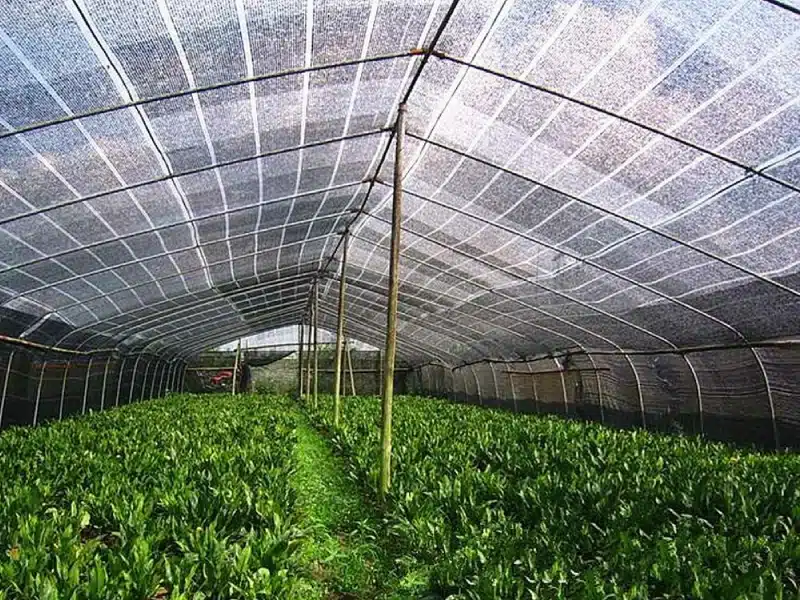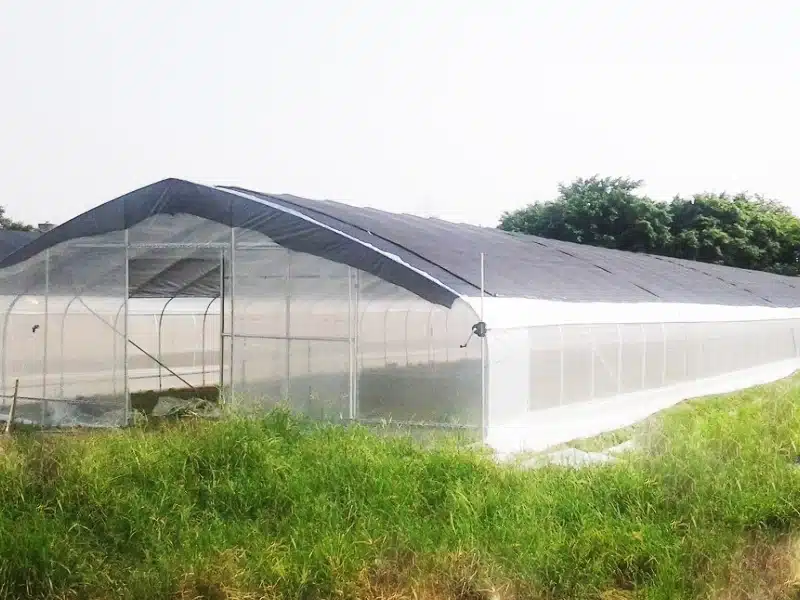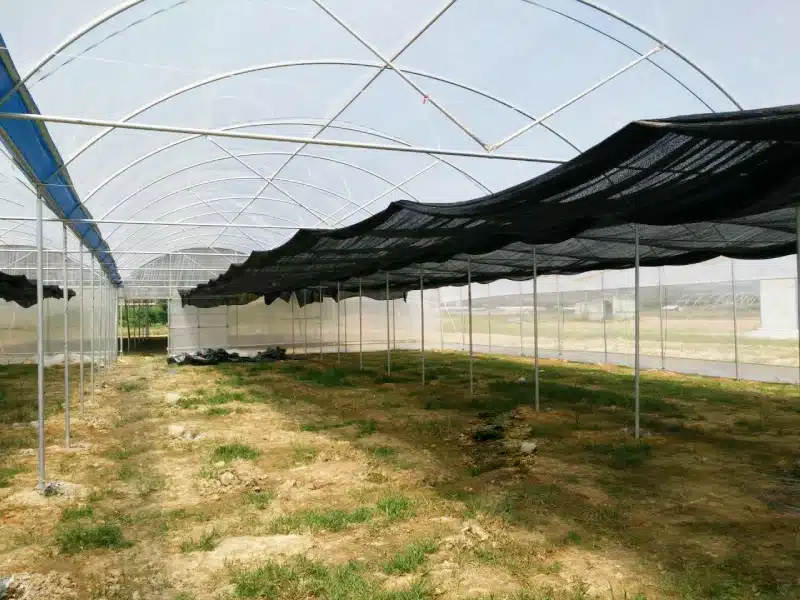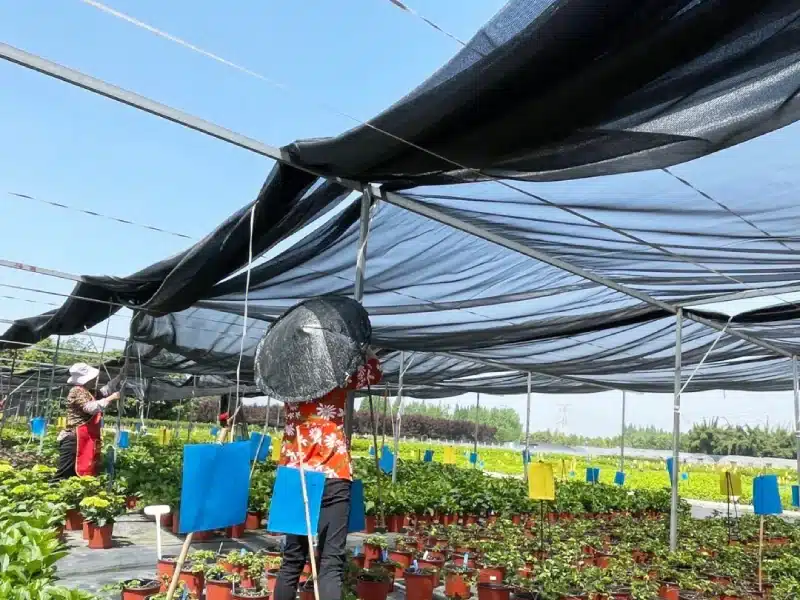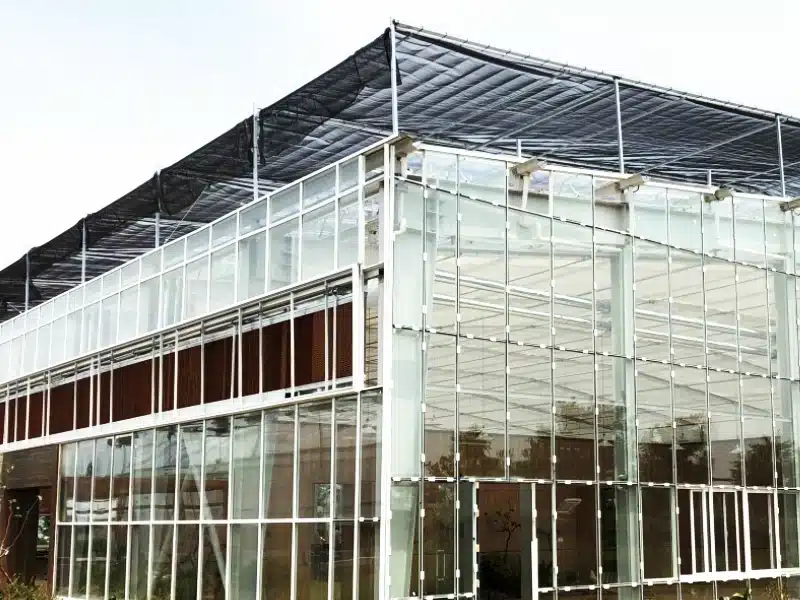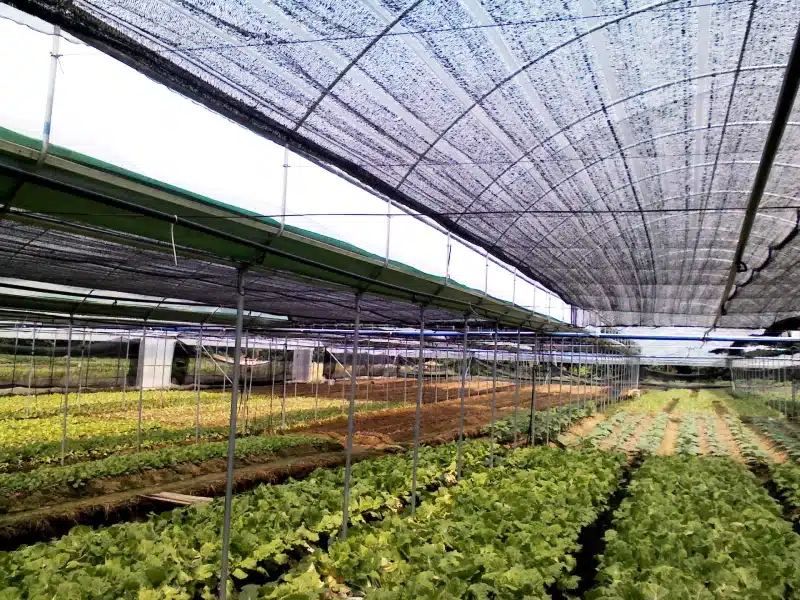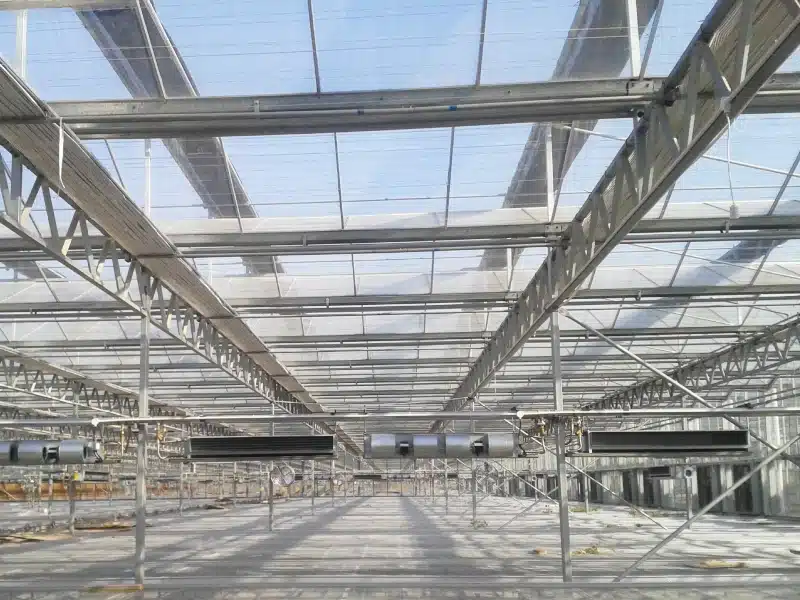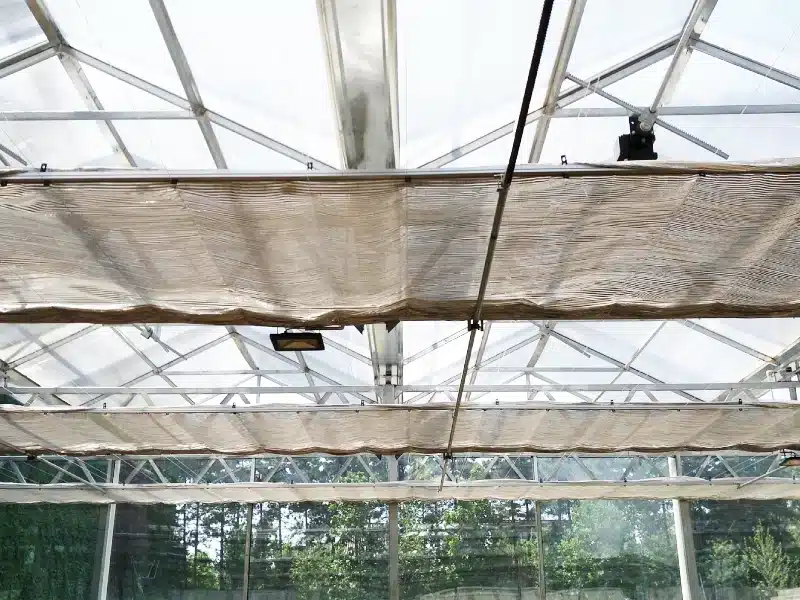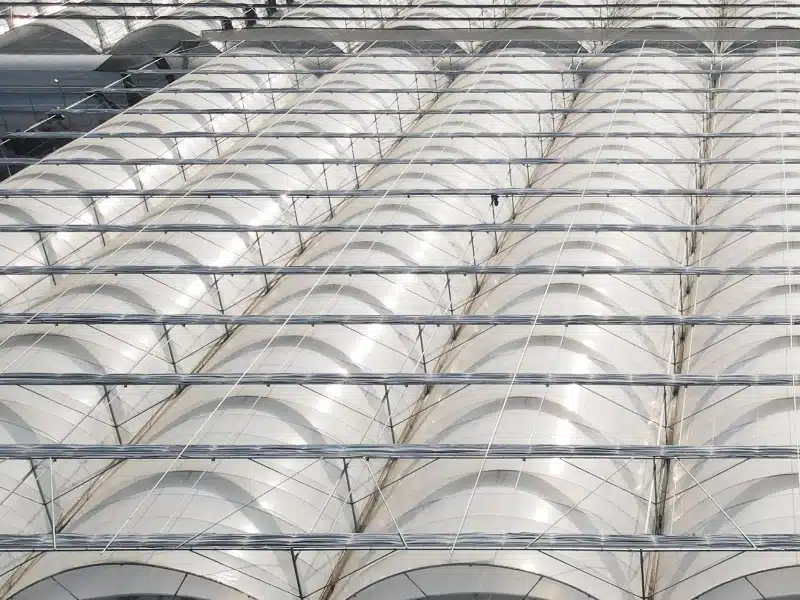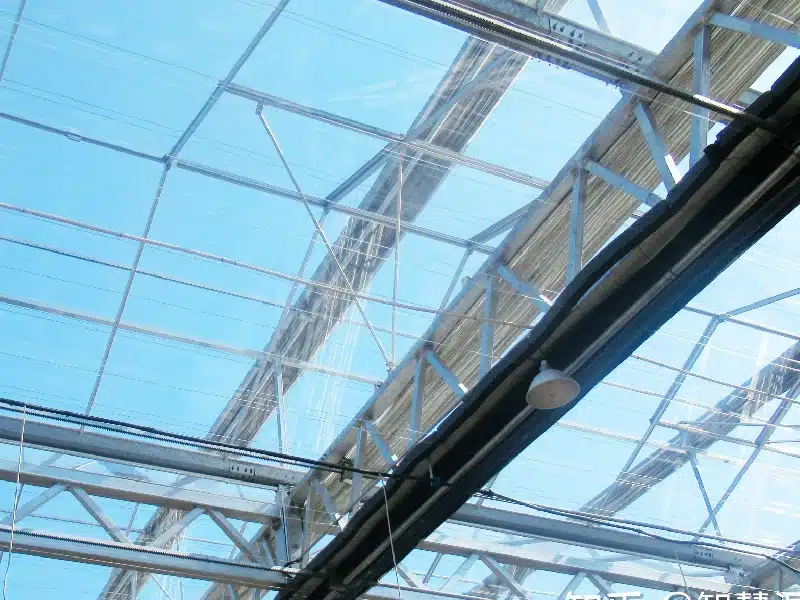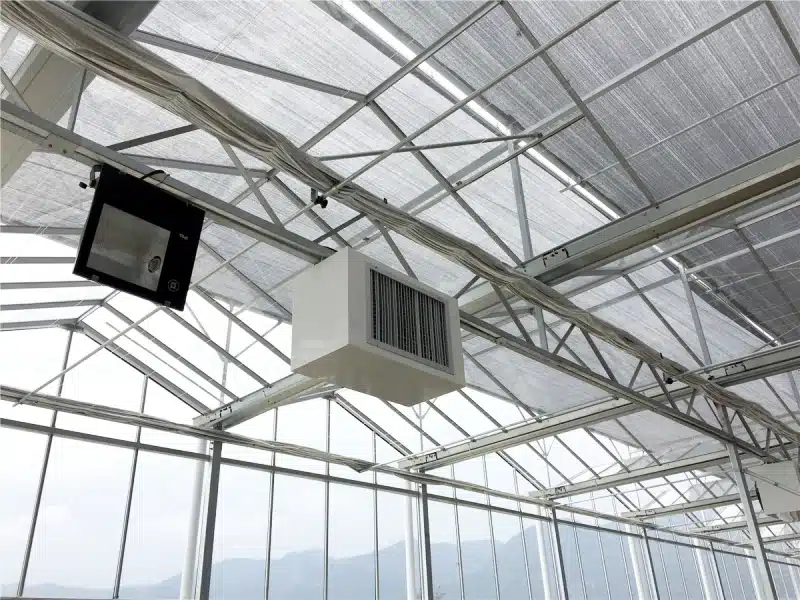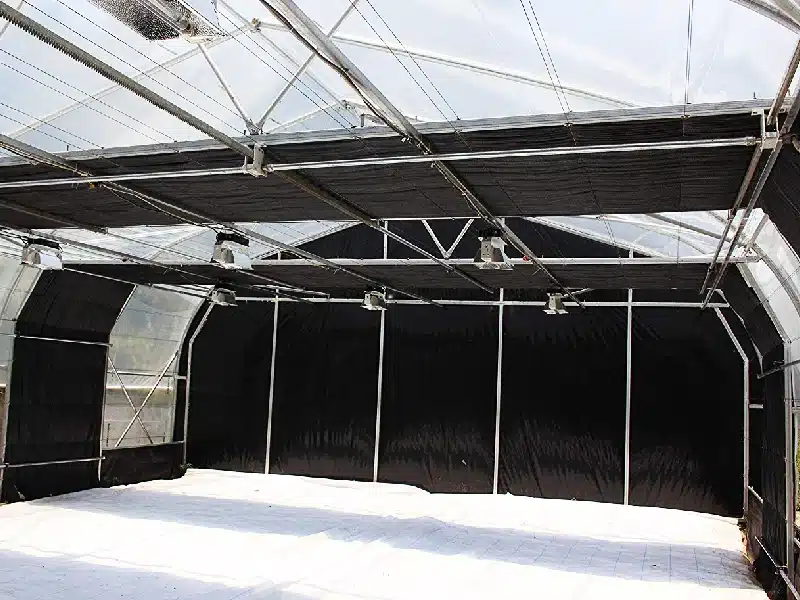We manufacture and supply high-quality agricultural shade cloth rolls in bulk from our factory in China. Made from high-density polyethylene (HDPE) with UV stabilizers, our shade cloth ensures durability and long-lasting performance. Additionally, we offer versatile climate-control curtains to optimize plant growth in modern greenhouses.
Agricultural Shade Cloth For Greenhouse, Farm & Garden
Durable HDPE Knitted Shade Cloth for Agro-Protection
Our high-density polyethylene shade cloth is engineered for long-lasting agro-protection. It features UV stabilizers and anti-aging agents to ensure vibrant color retention and exceptional outdoor durability. Designed for greenhouses, nurseries, and farms, it provides precise shading control to optimize plant growth while offering superior resistance to weather conditions.
We utilize advanced weaving techniques, including Monofilament (Round Yarn) and Flat Tape, to achieve customizable shading percentages while maintaining breathability and strength. With minimal shrinkage (1%) and a 5-year warranty, our shade cloth delivers reliable UV protection, heat reduction, and crop safety for sustainable farming.
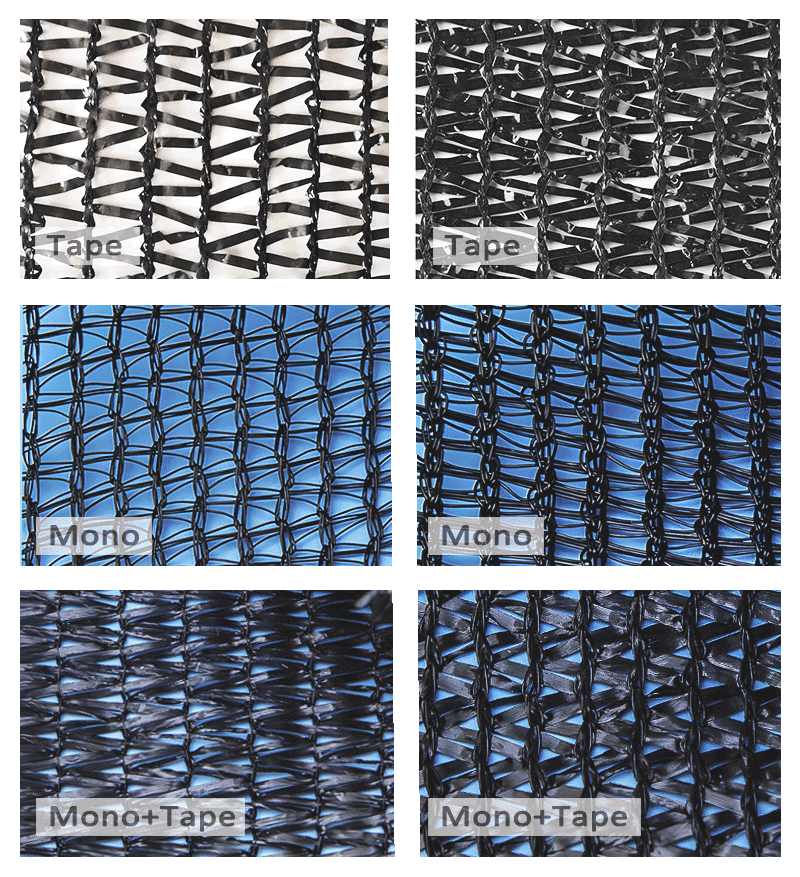
| SKU | Shading Percentage | Material | Weave Type | Standard Width | UV Stabilized | Warranty | Shrinkage Rate |
| Shadova KM30 | 30% | HDPE | Monofilament | 4.3m / 5.3m (Customizable) | YES | 5 years | 1% |
| Shadova KM50 | 50% | HDPE | Monofilament | 4.3m / 5.3m (Customizable) | YES | 5 years | 1% |
| Shadova KM55 | 55% | HDPE | Monofilament | 4.3m / 5.3m (Customizable) | YES | 5 years | 1% |
| Shadova KM60 | 60% | HDPE | Monofilament | 4.3m / 5.3m (Customizable) | YES | 5 years | 1% |
| Shadova KM65 | 65% | HDPE | Monofilament | 4.3m / 5.3m (Customizable) | YES | 5 years | 1% |
| Shadova KM68 | 70% | HDPE | Monofilament | 4.3m / 5.3m (Customizable) | YES | 5 years | 1% |
| Shadova KM75 | 75% | HDPE | Monofilament | 4.3m / 5.3m (Customizable) | YES | 5 years | 1% |
| Shadova KM78 | 80% | HDPE | Monofilament | 4.3m / 5.3m (Customizable) | YES | 5 years | 1% |
| Shadova KM85 | 85% | HDPE | Monofilament | 4.3m / 5.3m (Customizable) | YES | 5 years | 1% |
| Shadova KM90 | 90% | HDPE | Monofilament | 4.3m / 5.3m (Customizable) | YES | 5 years | 1% |
| Shadova KF55 | 55% | HDPE | Flat Tape | 4.3m / 5.3m (Customizable) | YES | 5 years | 1% |
| Shadova KF65 | 65% | HDPE | Flat Tape | 4.3m / 5.3m (Customizable) | YES | 5 years | 1% |
| Shadova KF75 | 75% | HDPE | Flat Tape | 4.3m / 5.3m (Customizable) | YES | 5 years | 1% |
| Shadova KF85 | 85% | HDPE | Flat Tape | 4.3m / 5.3m (Customizable) | YES | 5 years | 1% |
| Shadova KF90 | 90% | HDPE | Flat Tape | 4.3m / 5.3m (Customizable) | YES | 5 years | 1% |
| Shadova KF95 | 95% | HDPE | Flat Tape | 4.3m / 5.3m (Customizable) | YES | 5 years | 1% |
-
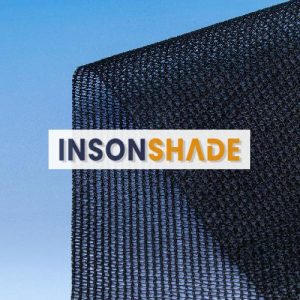
Shadova KM85
Read more -
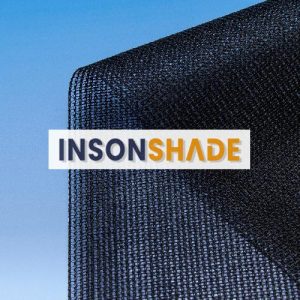
Shadova KM90
Read more -
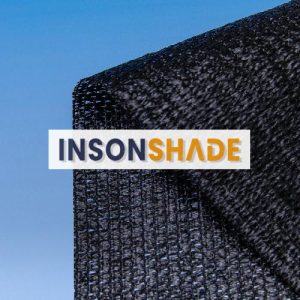
Shadova KF95
Read more -
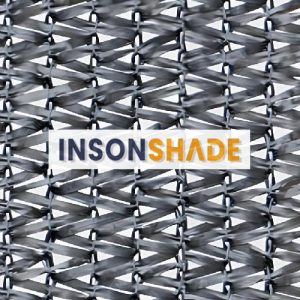
Shadova KF75
Read more -
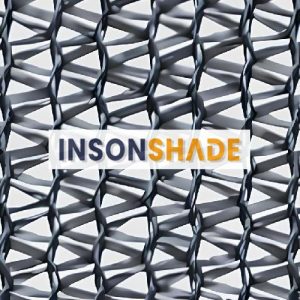
Shadova KF65
Read more -
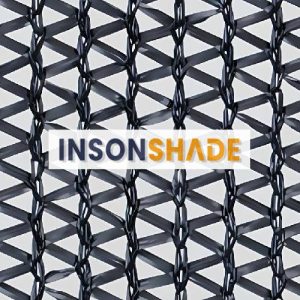
Shadova KF55
Read more -
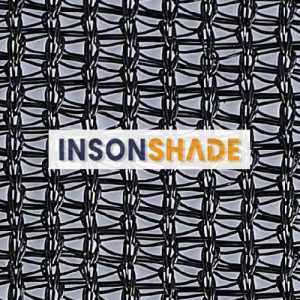
Shadova KM75
Read more -
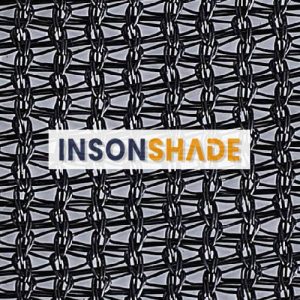
Shadova KM78
Read more -
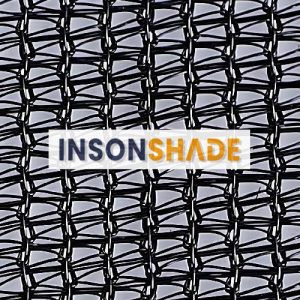
Shadova KM68
Read more -
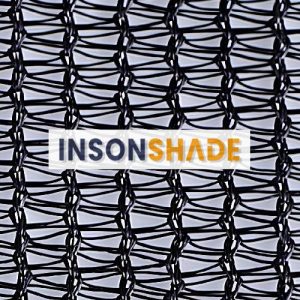
Shadova KM65
Read more -
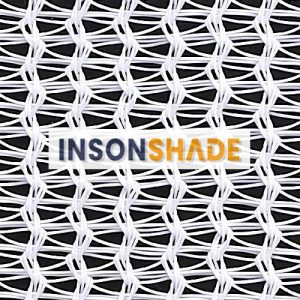
Shadova KM60
Read more -
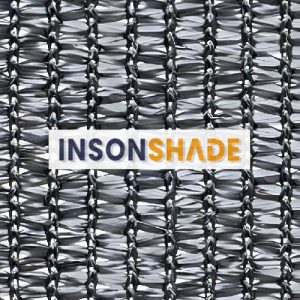
Shadova KF90
Read more -
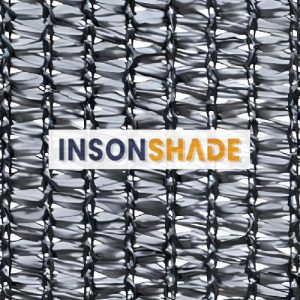
Shadova KF85
Read more -
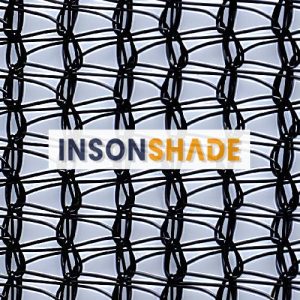
Shadova KM55
Read more -
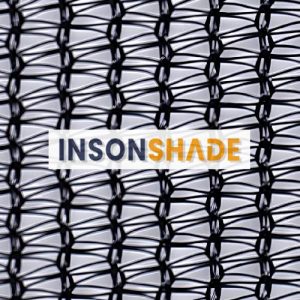
Shadova KM50
Read more -
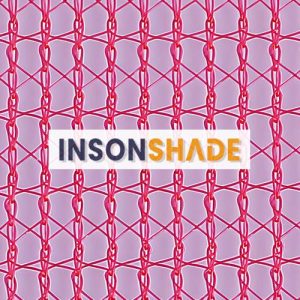
Shadova KM30
Read more
Enhancing Greenhouse Climate Control with Professional Curtains
By integrating our shade curtains with greenhouse curtain system, you can enhance sunlight control within your greenhouse. This method enables precise adjustment of light intensity and direction, significantly impacting key internal climate factors like illumination, temperature, and humidity. This level of precision cultivates perfect growing conditions for various crops.
To meet varied agricultural needs, our range features six specialized curtain series, spanning from transparent to light-deprivation options, made from materials including durable plastics and reflective aluminum foil. Each variant is designed to provide specific shading levels optimized for durability and ventilation, catering to the distinct cultivation requirements of different plant species.
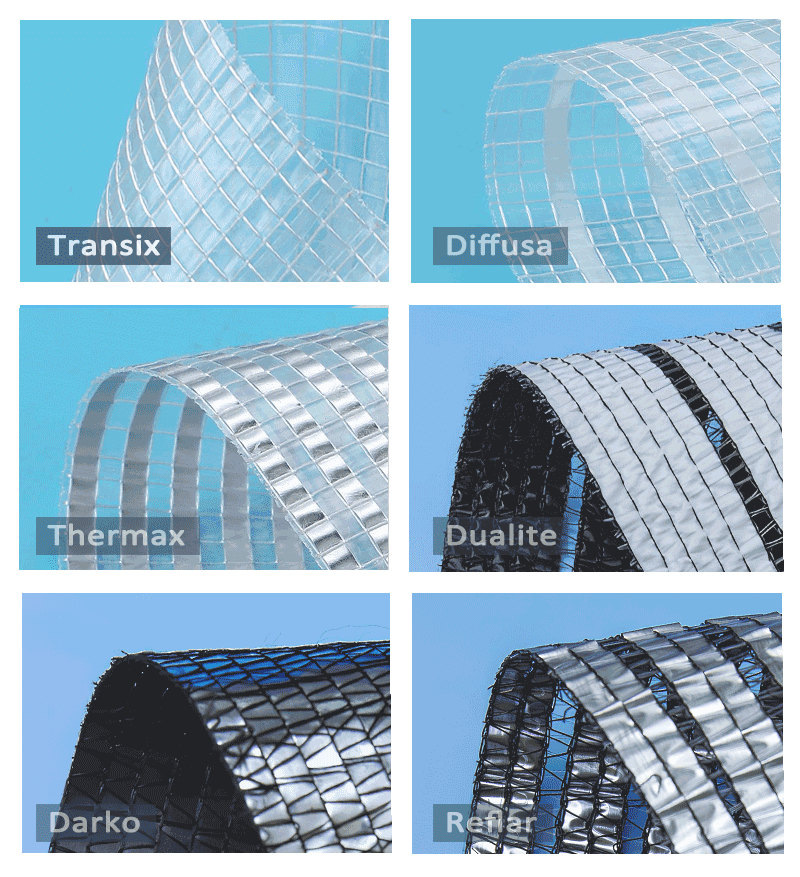
Popular Climate Curtain Screen Products
-
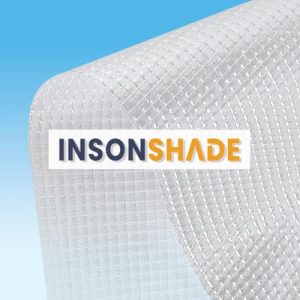
Transix W1831
Read more -
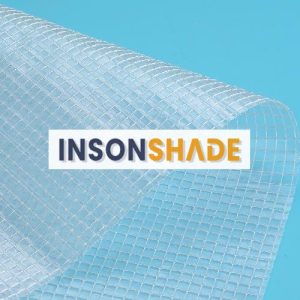
Transix W1531
Read more -
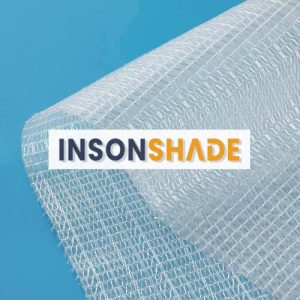
Transix K1347
Read more -
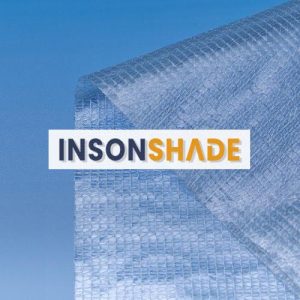
Transix K1045
Read more -
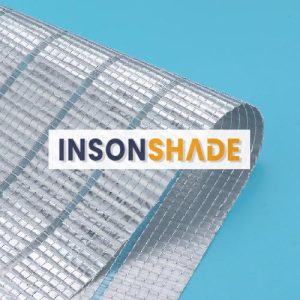
Thermax W9070
Read more -
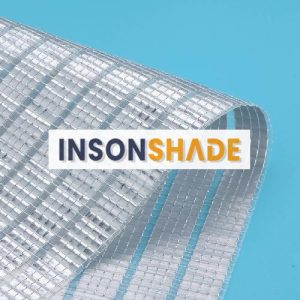
Thermax W8568
Read more -
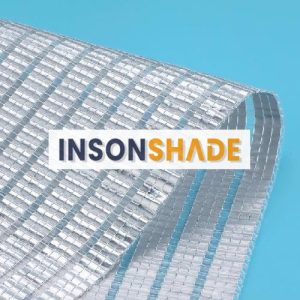
Thermax W7564
Read more -
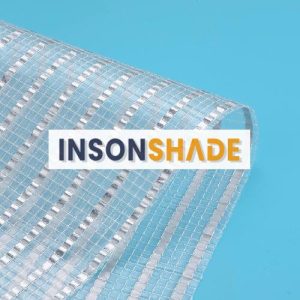
Thermax W3050
Read more -
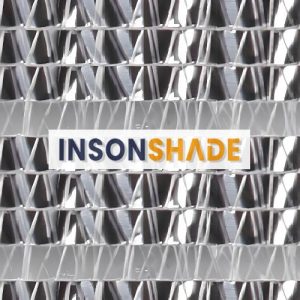
Thermax K7560
Read more -
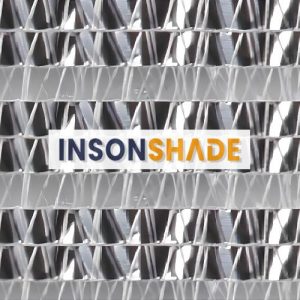
Thermax K6555
Read more -
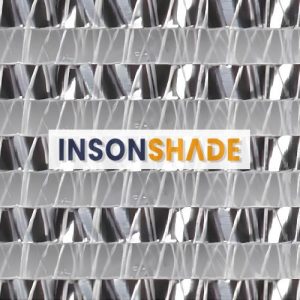
Thermax K5555
Read more -
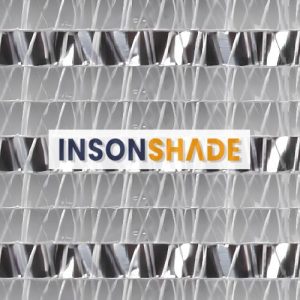
Thermax K3550
Read more -
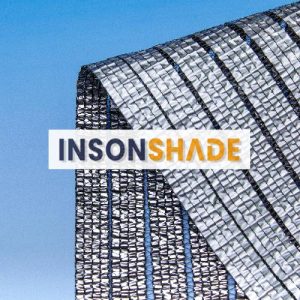
Reflar K8020-O-E
Read more -
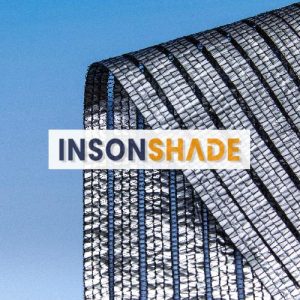
Reflar K7520-O-E
Read more -
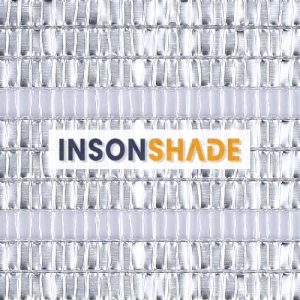
Reflar K7330-O
Read more -
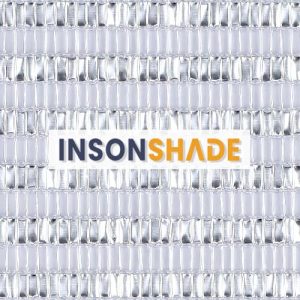
Reflar K5220-O
Read more -
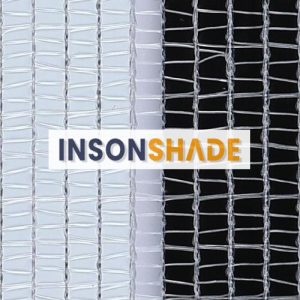
Dualite K8525-O-E
Read more -
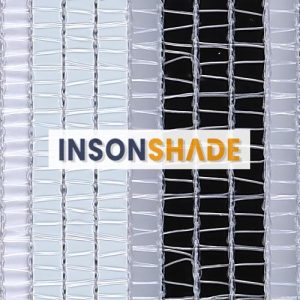
Dualite K7520-O-E
Read more -
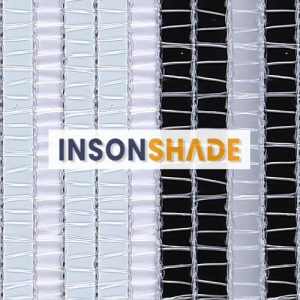
Dualite K6520-O-E
Read more -
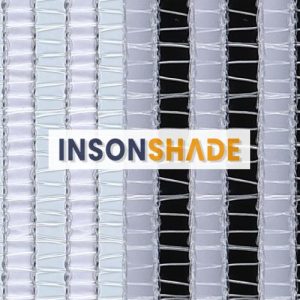
Dualite K5515-O-E
Read more -
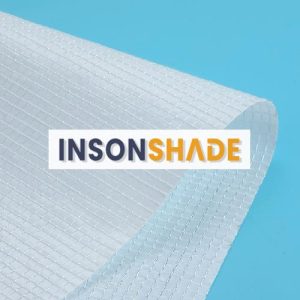
Diffusa W9550
Read more -
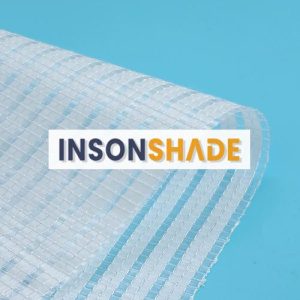
Diffusa W5550
Read more -
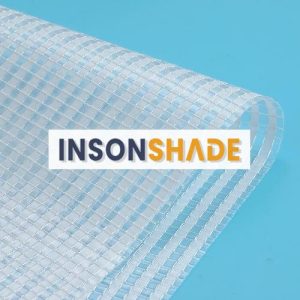
Diffusa W4850
Read more -
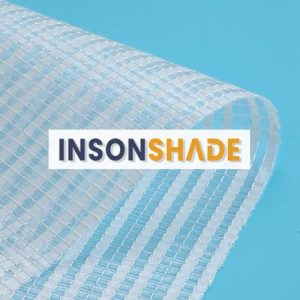
Diffusa W4250
Read more -
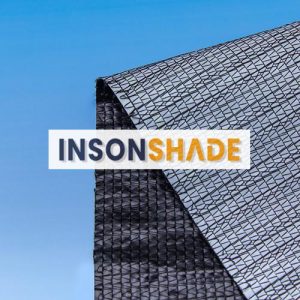
Darko K10070-BW-FR
Read more -
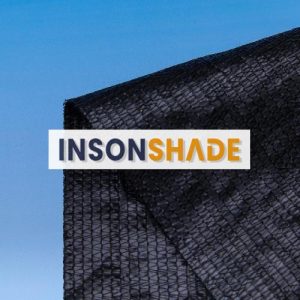
Darko K10070-BB-FR
Read more
